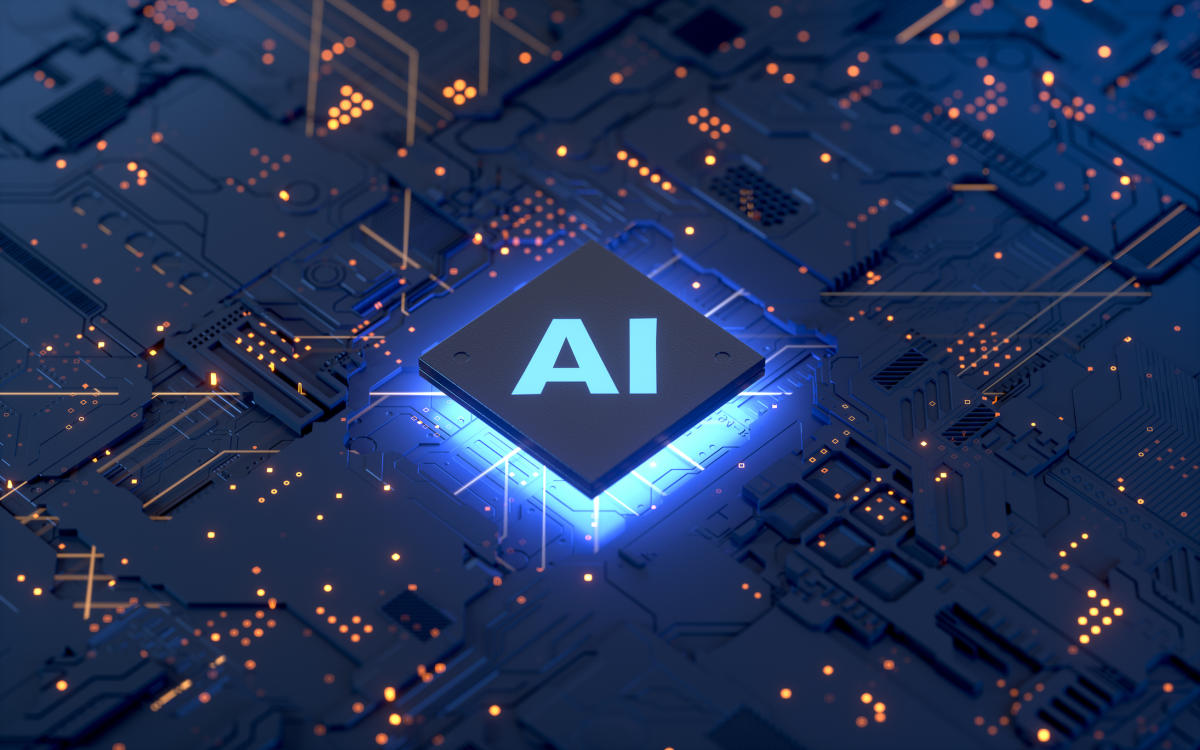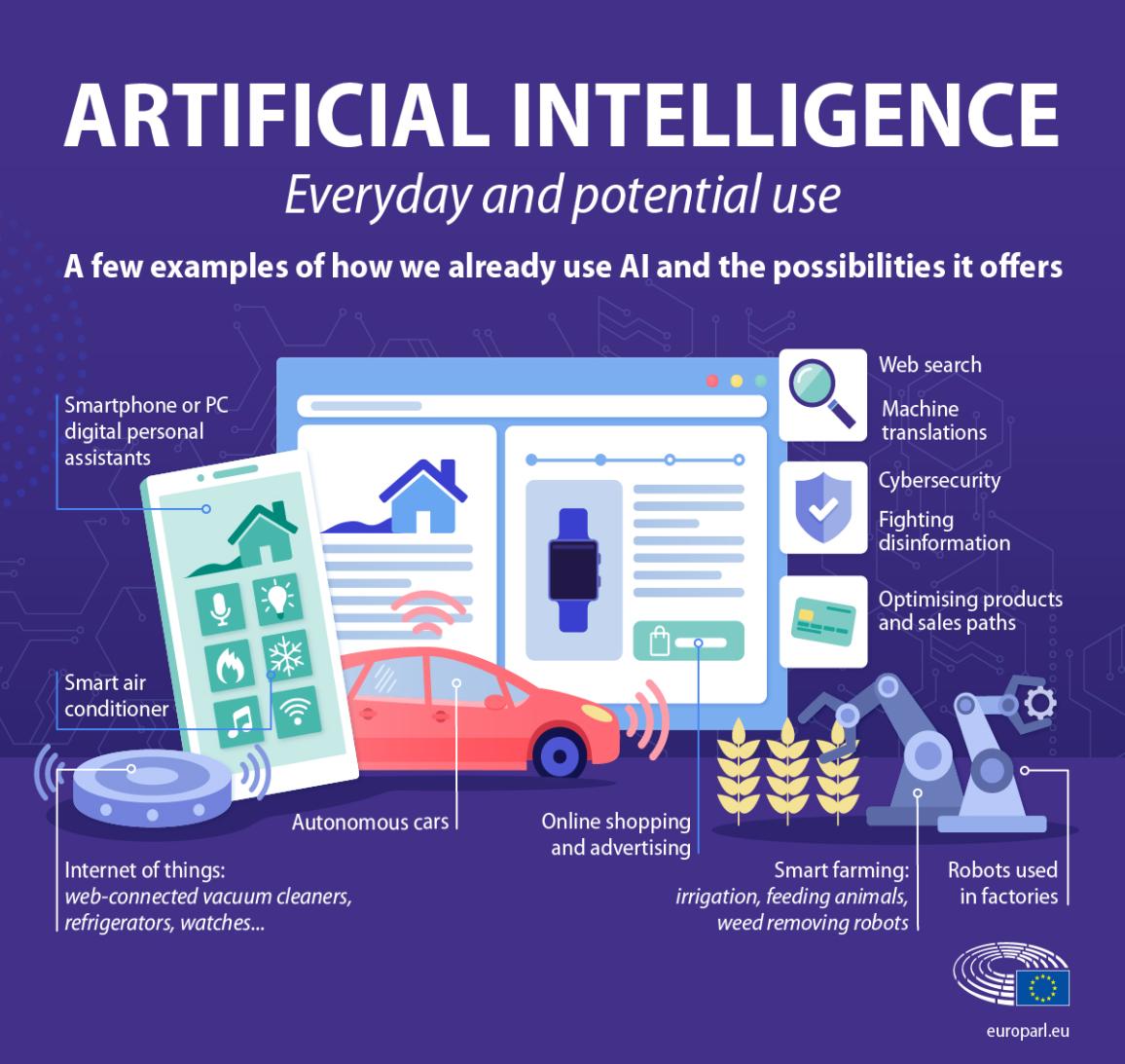Revolutionize Your Approach: Involve with the Premier Generative AI Company
Unleashing Innovation With Generative AI: a Deep Study Expert System
Expert system (AI) has actually changed numerous industries, and among its most intriguing aspects is generative AI. This cutting-edge modern technology holds the potential to unleash a wave of innovation throughout various domains. By utilizing the power of generative AI, companies and researchers can explore brand-new opportunities and press the boundaries of creativity. From creating practical art work to making up songs and improving language handling, the applications of generative AI are vast and ever-expanding. In this conversation, we will explore the depths of generative AI, exploring its abilities and the means it can lead the path for groundbreaking improvements. Join us as we start a trip right into the realm of expert system, where the opportunities are limitless and advancement awaits.

The Fundamentals of Generative AI
Generative AI, a branch of expert system, is a powerful modern technology that makes it possible for makers to autonomously generate brand-new material, such as photos, songs, or message, based on patterns and examples from existing information. This sophisticated method has changed different industries by giving cutting-edge solutions to complex issues.
At its core, generative AI makes use of deep understanding designs, specifically generative models, to understand and duplicate patterns found in the training data (generative ai company). These models are trained using huge quantities of information, enabling them to catch elaborate details and nuances. Once trained, the generative AI system can create brand-new web content by theorizing from the discovered patterns
One widely-used generative AI model is the Generative Adversarial Network (GAN) The generator network produces new web content, while the discriminator network examines its authenticity.
Generative AI has actually discovered applications in different areas, consisting of art, gaming, and music. Musicians can take advantage of generative AI to explore brand-new imaginative possibilities, creating one-of-a-kind and compelling artwork. In the songs sector, generative AI can make up new melodies or also entire songs, giving musicians with a resource of motivation. Additionally, generative AI can enhance video gaming experiences by creating practical landscapes, characters, and stories.
Applications of Generative AI in Art
The integration of generative AI innovation has actually transformed the art globe, opening up new possibilities for imagination and inspiring musicians to discover undiscovered territories. Generative AI in art describes making use of expert system formulas to generate initial and unique art work. This technology has allowed artists to damage cost-free from traditional creative strategies and produce cutting-edge items that press the limits of creative expression.
One application of generative AI in art is the development of self-governing art-making systems. These systems utilize AI algorithms to analyze and interpret various data inputs, such as images, appears, or message, and produce creative outputs based upon these inputs. This permits artists to team up with AI systems and co-create artworks, causing a fusion of human creativity and expert system.
Generative AI likewise plays a substantial duty in developing interactive art setups. By utilizing AI formulas, artists can develop installations that react to the customer's actions or environmental changes, producing immersive and vibrant experiences. These installments can range from interactive sculptures to digital truth experiences, enabling audiences to actively engage with the art work and end up being component of the imaginative procedure.
Additionally, generative AI has been utilized to create art that challenges traditional ideas of authorship and imagination. generative ai company. By training AI models on vast quantities of artistic information, artists can utilize these designs to generate brand-new art work that simulate the style of artistic motions or famous musicians. This method obscures the lines between human and equipment imagination, elevating concerns about creativity, credibility, and the function of the musician in the innovative procedure
Exploring the Music Generation Capabilities of Generative AI
With the advancements in generative AI innovation, the world of music production has actually been transformed, as expert system algorithms are now efficient in generating original and special music make-ups. Generative AI, likewise called creative AI, uses equipment knowing strategies to analyze large quantities of existing music and then create new items based upon that analysis. This technology has the look at this now prospective to change the music sector by offering authors and artists with countless sources of inspiration and imagination.
Among the vital benefits of generative AI in songs generation is its capability to develop make-ups that press the limits of standard music genres. By leveraging the large amount of data available, AI algorithms can determine patterns and frameworks in songs that human beings might not have actually found. This permits the development of ingenious and unusual rhythms, harmonies, and melodies.
In addition, generative AI can also assist artists in the composition procedure by supplying ideas and variants based on their input. This interactive strategy enables artists to collaborate with the AI system and explore new possibilities, inevitably improving their creativity and broadening their musical perspectives.
Nevertheless, it is necessary additional hints to note that generative AI is not suggested to change human imagination and experience in songs make-up. Instead, it acts as a powerful device for inspiration and expedition, using new opportunities for musicians to share themselves and develop unique music experiences. With more developments in generative AI technology, the future of songs development holds interesting possibilities.
Enhancing All-natural Language Handling With Generative AI
As we explore the prospective applications of generative AI past songs generation, one location that shows great pledge is boosting natural language processing capacities. Natural language processing (NLP) is a branch of AI that focuses on the communication in between computers and human language. It includes tasks such as language translation, belief evaluation, message summarization, and chatbots.
Generative AI can considerably enhance NLP by allowing equipments to generate human-like text, improving language understanding, and allowing extra sophisticated language-based applications. By leveraging deep discovering strategies, generative AI designs can pick up from substantial amounts of message data and generate meaningful and contextually relevant feedbacks. This can lead to more exact language translation, even more interesting chatbot communications, and more reliable text summarization.
Additionally, generative AI can likewise assist get rid of difficulties in NLP, such as limited training data and linguistic diversity - generative ai company. By training on huge datasets, generative AI models can capture the nuances of different languages and linked here dialects, causing even more robust and accurate language processing
Releasing the Prospective of Generative AI in Development
Letting loose the capacity of generative AI in development holds immense promise for transforming numerous sectors and driving unprecedented developments in technology. Generative AI refers to the branch of fabricated knowledge that focuses on creating original content, such as photos, music, and even text, that closely resembles human-created content. By harnessing the power of generative AI, businesses can open brand-new opportunities and drive advancement in several ways.
Among the crucial locations where generative AI is making a considerable impact remains in the field of product layout and advancement. By leveraging the capabilities of generative AI, firms can check out many design opportunities, produce originalities, and create innovative items that meet the advancing demands of consumers. This can bring about the growth of distinct and innovative products that attract attention in the market.
Additionally, generative AI can likewise play an essential duty in enhancing the imaginative procedure by aiding human designers and musicians. By providing them with brand-new perspectives, producing unique concepts, and automating repeated tasks, generative AI can magnify the creative output of people and enable them to push the boundaries of their creative imagination.
Additionally, generative AI can likewise contribute to the field of clinical research by simulating facility systems, predicting results, and producing theories. This can accelerate the rate of clinical exploration and enable researchers to discover uncharted territory.

Final Thought
Finally, generative AI has the potential to transform various fields, including art, music generation, and all-natural language handling. By removing personal pronouns, this post has actually checked out the basics of generative AI and its applications. It is clear that generative AI can unleash innovation by generating new ideas, improving creative thinking, and pushing the boundaries of what is possible in these domain names. As modern technology continues to advancement, the capacity of generative AI in driving advancement is substantial and encouraging.
Synthetic knowledge (AI) has actually changed many industries, and one of its most appealing aspects is generative AI.At its core, generative AI uses deep learning versions, specifically generative versions, to understand and duplicate patterns discovered in the training data.One widely-used generative AI design is the Generative Adversarial Network (GAN)With the innovations in generative AI modern technology, the realm of songs development has been transformed, as synthetic knowledge algorithms are now capable of generating original and one-of-a-kind musical make-ups. Generative AI, also understood as imaginative AI, makes use of maker learning methods to assess vast quantities of existing music and then create new pieces based on that evaluation.